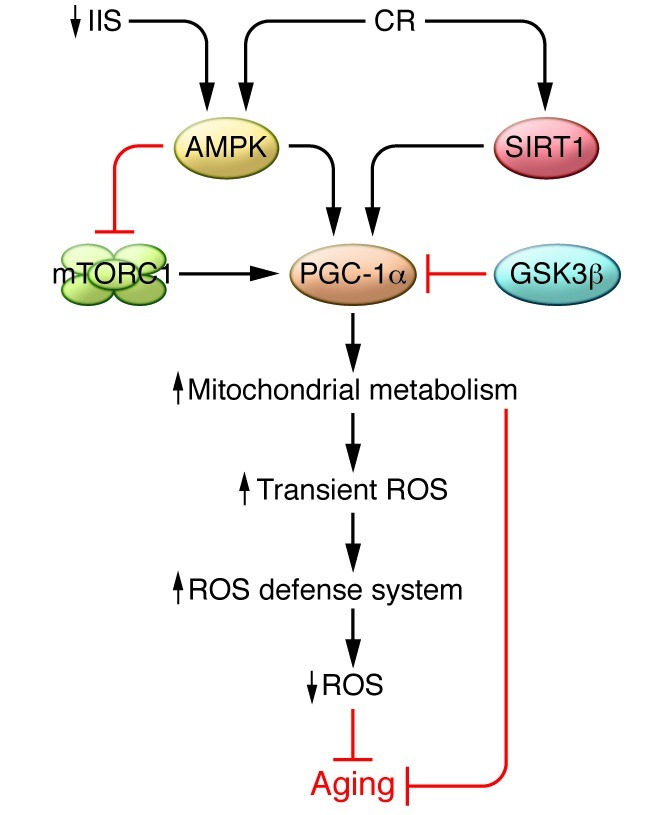Figure 3. Model for the effects of impaired IIS and CR on mitochondrial function and aging.

Mitochondrial metabolism plays an important role in mediating longevity promoted by nutrient-sensing pathways like the IIS, the TOR pathway, and CR. Impaired IIS leads to reduced availability of intracellular glucose and consequently to an elevated cellular AMP/ATP ratio that activates AMPK. In its turn, AMPK activates PGC-1α and increases mitochondrial metabolism and respiration rate, which consequently results in transient ROS production. The transient increase in ROS levels activates the expression of scavenging enzymes, e.g., SOD and catalase, resulting in decreased ROS levels, increased stress resistance, and extended life span. Furthermore, current findings suggest that the beneficial effect of CR on longevity is at least partly mediated by improved mitochondrial function mediated through activation of SIRT1 and PGC-1α. The activity of PGC-1α is tightly controlled via glycogen synthase kinase-3β (GSK3β), which acts via phosphorylation to prime PGC-1α for ubiquitinylation and degradation.
